The Anatomy of Painting: Jenny Saville's 'stunning' retrospective
National Portrait Gallery collection features 'masterpieces' from throughout her career
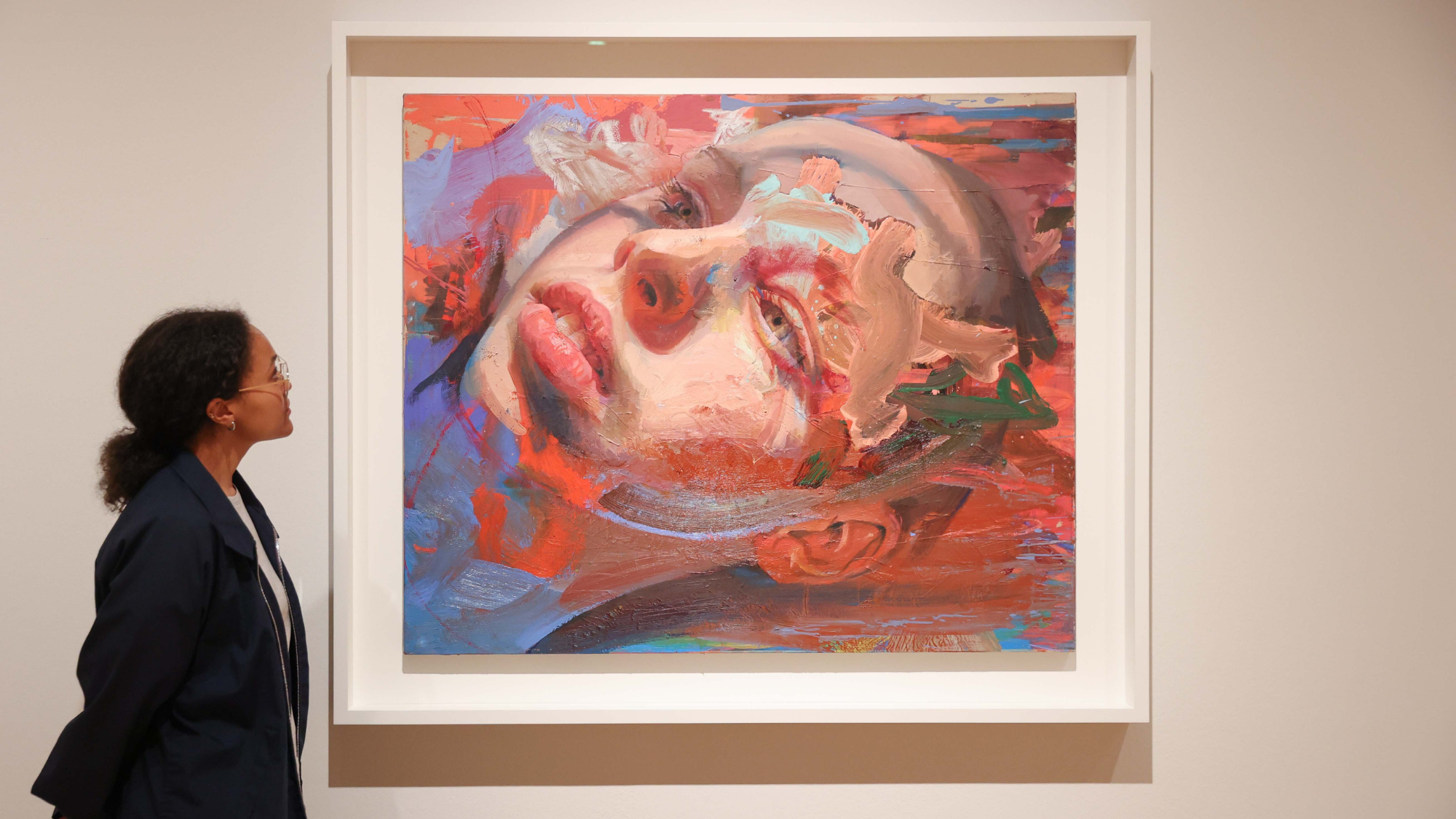
"I believe that Jenny Saville is a genius," said Cal Revely-Calder in The Daily Telegraph; and of the 45 works in this "stunning" retrospective at the National Portrait Gallery, there are "at least a dozen" paintings that confirm my view.
Born in Cambridge in 1970, Saville studied at the Glasgow School of Art and caught the eye of collector Charles Saatchi at her graduation show; he "bought her entire collection on the spot". Since then, she has proved herself as one of our greatest figurative painters, renowned for her confrontational and densely textured depictions of nude figures, and for the virtuosic way in which she conjures the texture of flesh in her canvases.
Bringing together a selection of work that spans her entire career, this retrospective is a testament to her brilliance. It demonstrates how through colour, form and masterful manipulation of paint alone, Saville "brings her subjects to glowing, shifting life. This is portrait painting as electricity."
The Week
Escape your echo chamber. Get the facts behind the news, plus analysis from multiple perspectives.

Sign up for The Week's Free Newsletters
From our morning news briefing to a weekly Good News Newsletter, get the best of The Week delivered directly to your inbox.
From our morning news briefing to a weekly Good News Newsletter, get the best of The Week delivered directly to your inbox.
Saville is "the natural heir to the great British figurative tradition of Francis Bacon, Lucian Freud and Frank Auerbach", said Mark Hudson in The Independent. It's clear from her earliest works here that she had the technical skill "to become a highly successful conventional figurative painter". But during the 1990s, the era of the Young British Artists, such painting was unfashionable in the extreme. So she complicated her portrait painting by fragmenting and distorting her figures, and blowing them up to "massive scale".
It won her "immediate acclaim" – and you can see why. "Propped" (1992) sees the artist sitting on a sculptor's modelling stand, "as though her exuberantly plastic flesh is about to be manipulated into a work of art". We see her from a low angle, so that her hands and knees seem to "bulge" from the confines of the painting. The 9ft-tall self-portrait "Plan" (1993), meanwhile, gives us a "towering female torso" over which Saville has drawn contour lines, as if the artist herself were a landscape.
These early pictures are bona fide "masterpieces", said Waldemar Januszczak in The Sunday Times. There are a good three dozen of them here, and they are the show's highlights. Thereafter, things get "problematic".
Saville's early 2000s paintings see her producing "billboard-sized" heads. Alas, that's what they look like: "billboards – adverts for a zombie movie". Her next stylistic change sees her painting naked men and women writhing in bed: she's emulating the Old Masters, of course, but the effect is off-puttingly pornographic. Latterly, her work has concentrated on "giant human heads", jumbled into "constituent eyes, noses and mouths".
A free daily email with the biggest news stories of the day – and the best features from TheWeek.com
She is a wonderful painter of all of these things, but still they don't quite work. It's thus impossible to escape the feeling that Saville has never really equalled the "splash" with which she arrived as a painter. But none of these reservations stop this "being a must-see event".
-
 A peek inside Europe’s luxury new sleeper bus
A peek inside Europe’s luxury new sleeper busThe Week Recommends Overnight service with stops across Switzerland and the Netherlands promises a comfortable no-fly adventure
-
 Space data centers could be joining the orbit
Space data centers could be joining the orbitUnder the radar The AI revolution is going cosmic
-
 Codeword: December 23, 2025
Codeword: December 23, 2025The daily codeword puzzle from The Week
-
 The best homes of the year
The best homes of the yearFeature Featuring a former helicopter engine repair workshop in Washington, D.C. and high-rise living in San Francisco
-
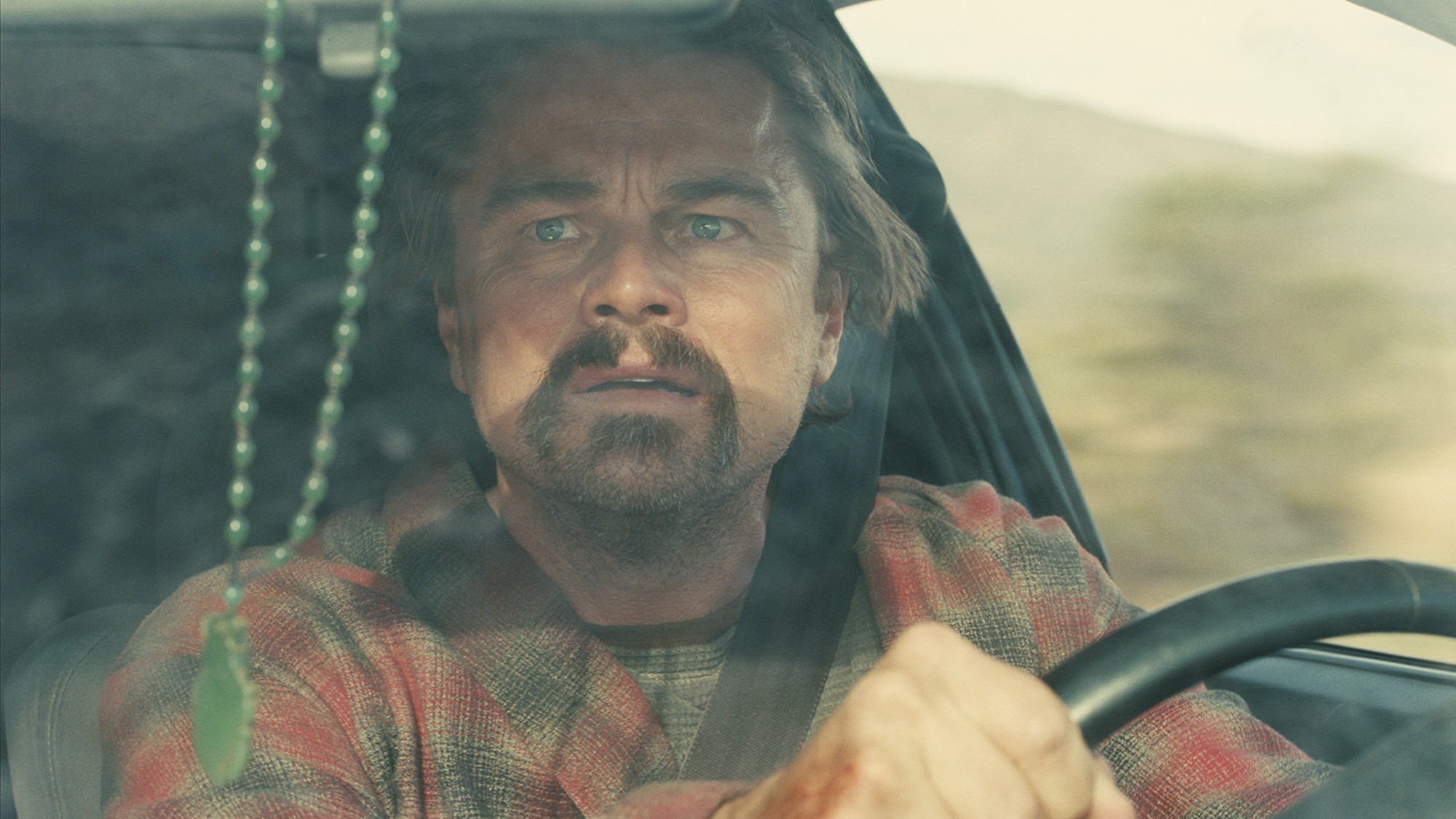 Critics’ choice: The year’s top 10 movies
Critics’ choice: The year’s top 10 moviesFeature ‘One Battle After Another’ and ‘It Was Just an Accident’ stand out
-
 A luxury walking tour in Western Australia
A luxury walking tour in Western AustraliaThe Week Recommends Walk through an ‘ancient forest’ and listen to the ‘gentle hushing’ of the upper canopy
-
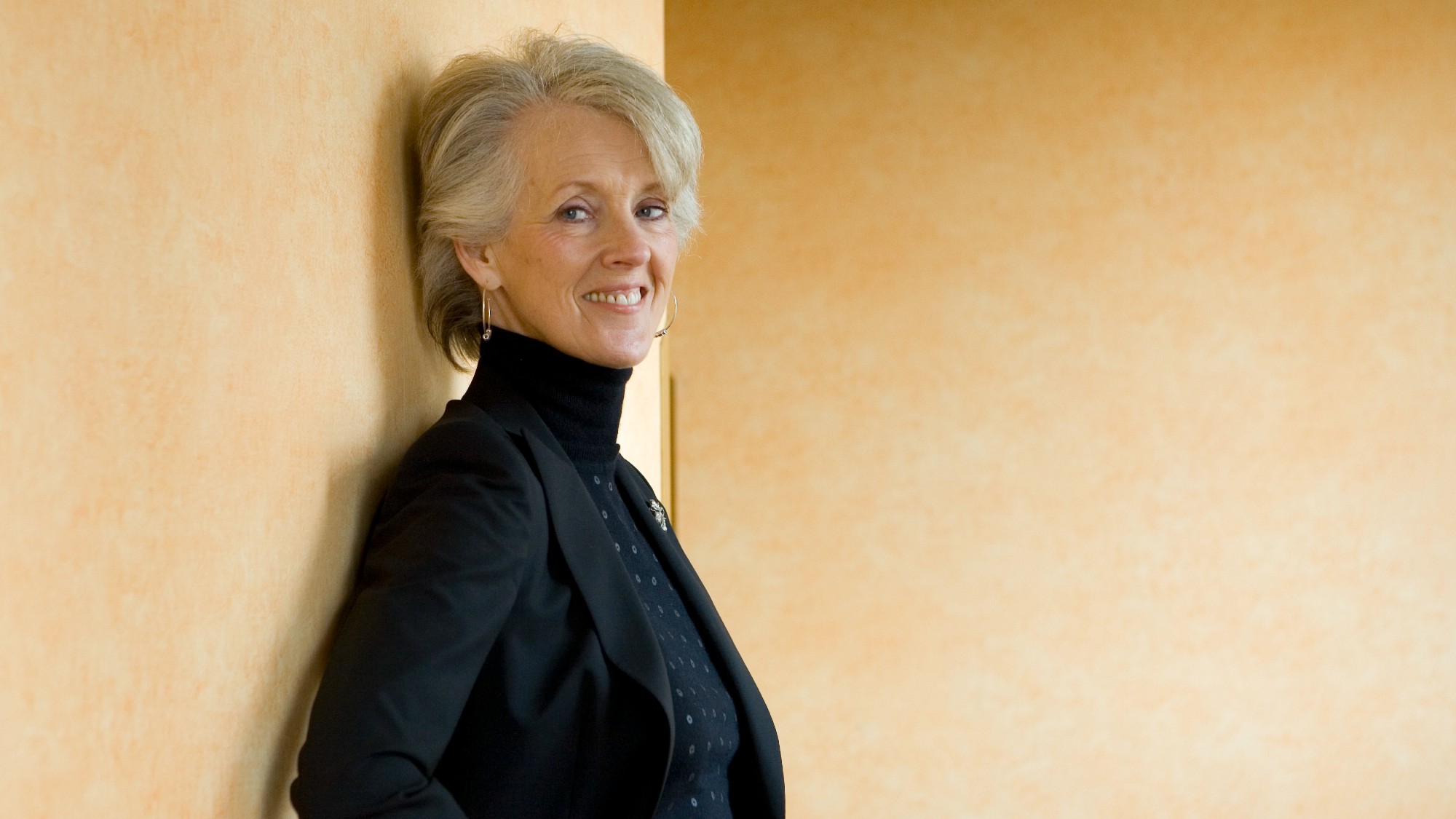 Joanna Trollope: novelist who had a No. 1 bestseller with The Rector’s Wife
Joanna Trollope: novelist who had a No. 1 bestseller with The Rector’s WifeIn the Spotlight Trollope found fame with intelligent novels about the dramas and dilemmas of modern women
-
 Appetites now: 2025 in food trends
Appetites now: 2025 in food trendsFeature From dining alone to matcha mania to milk’s comeback
-
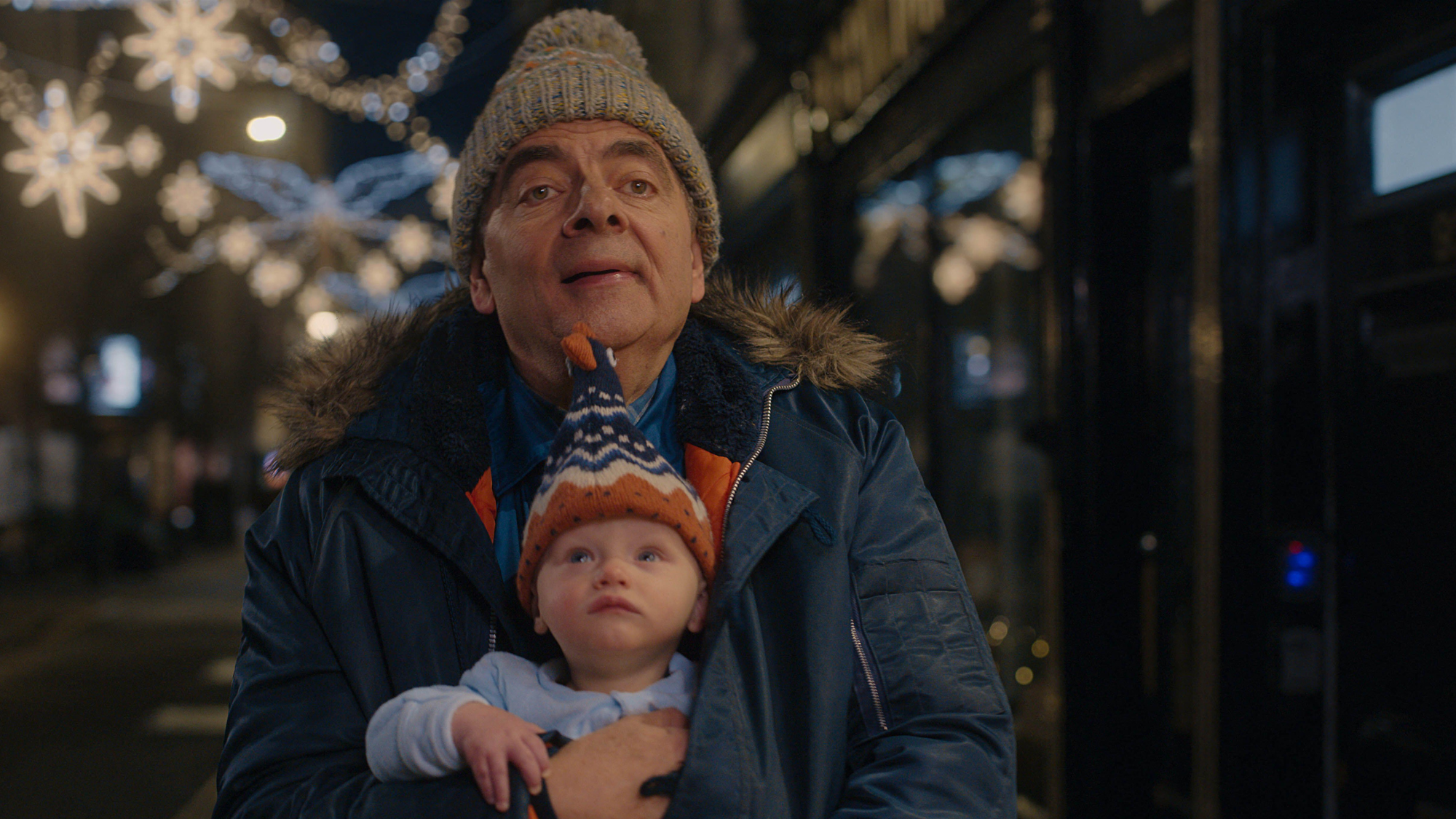 Man vs Baby: Rowan Atkinson stars in an accidental adoption comedy
Man vs Baby: Rowan Atkinson stars in an accidental adoption comedyTalking Point Sequel to Man vs Bee is ‘nauseatingly schmaltzy’
-
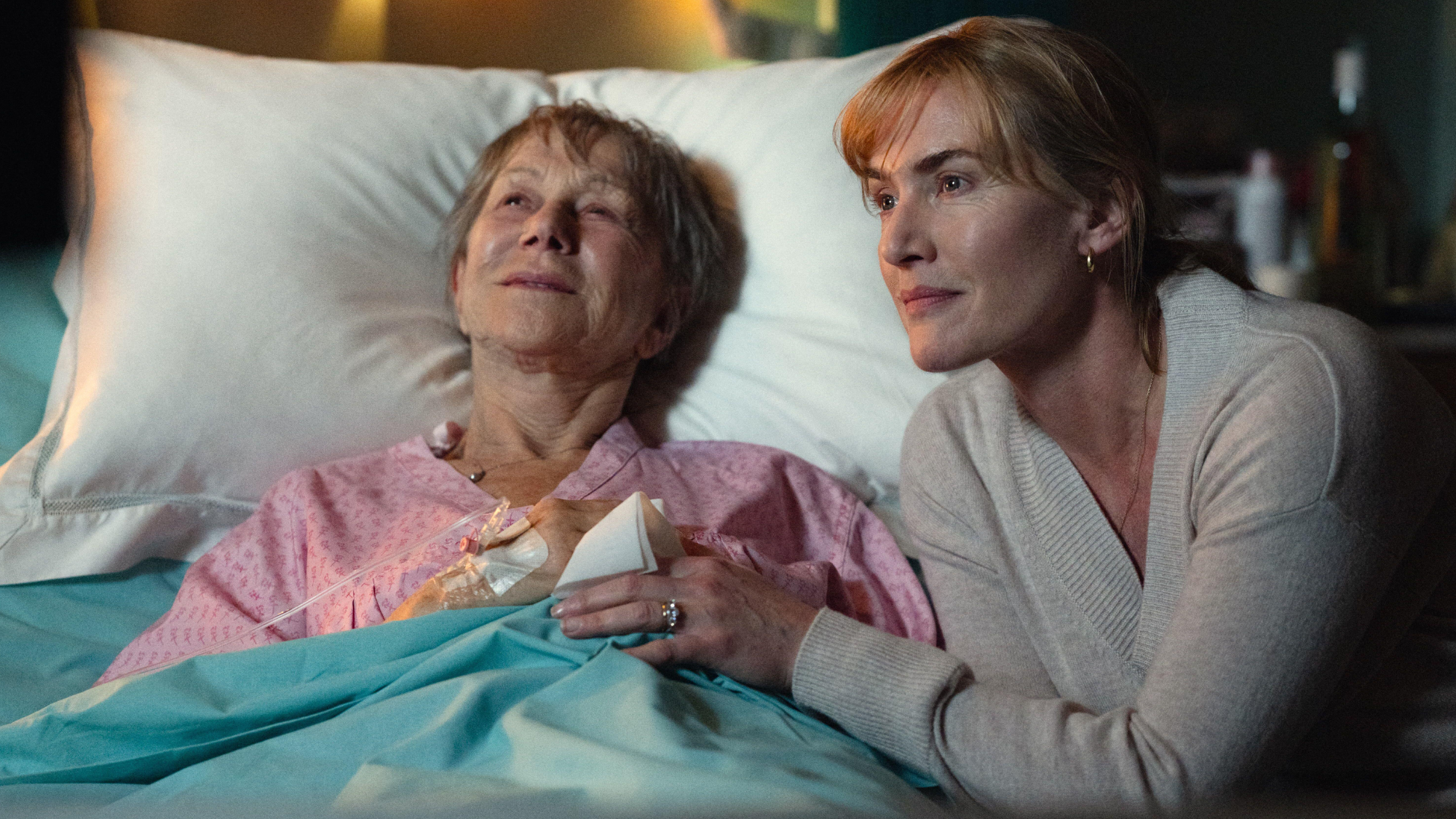 Goodbye June: Kate Winslet’s directorial debut divides critics
Goodbye June: Kate Winslet’s directorial debut divides criticsTalking Point Helen Mirren stars as the terminally ill English matriarch in this sentimental festive heartwarmer
-
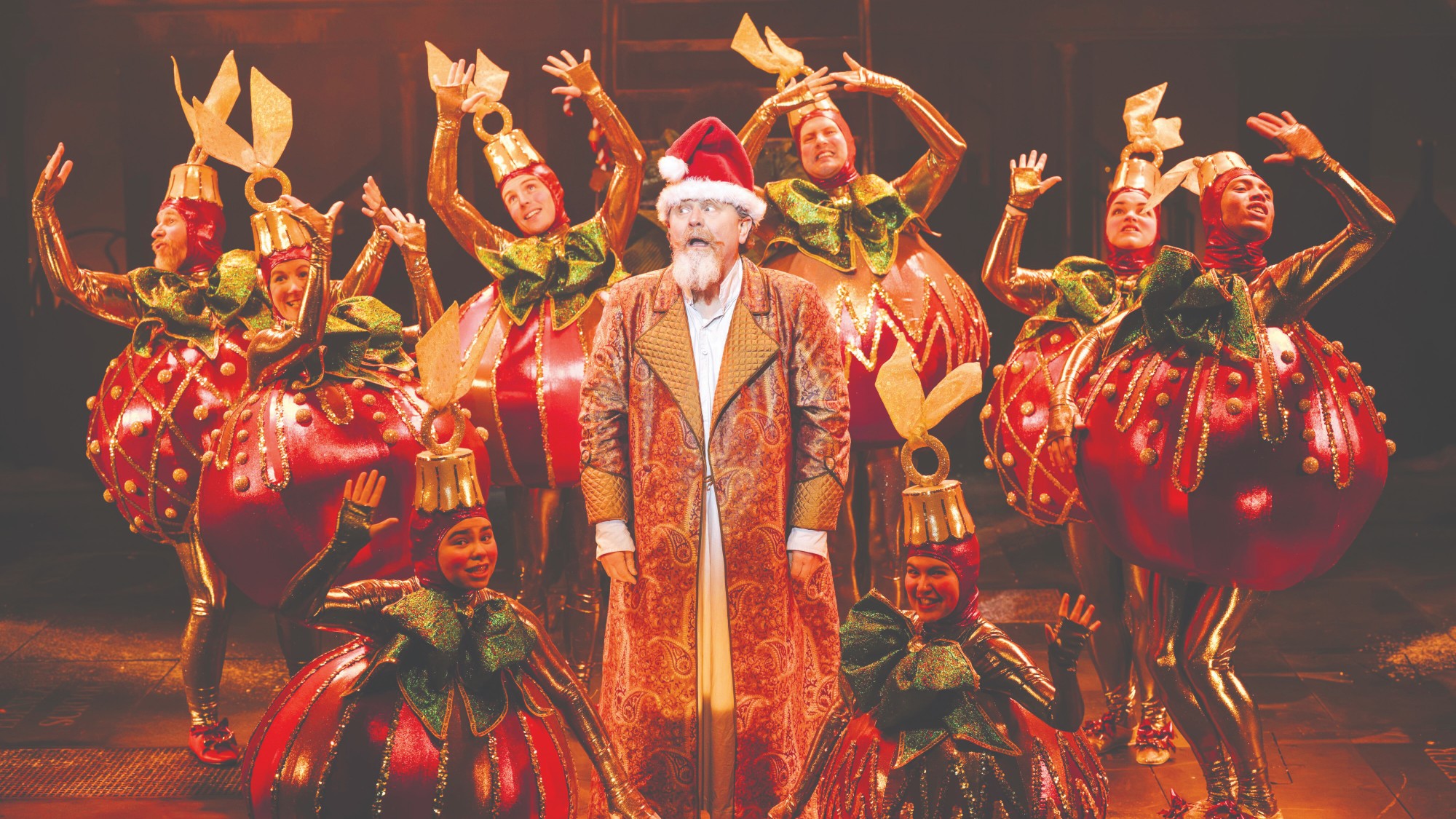 A Christmas Carol (or two)
A Christmas Carol (or two)The Week Recommends These are the most delightful retellings of the Dickens classic from around the country